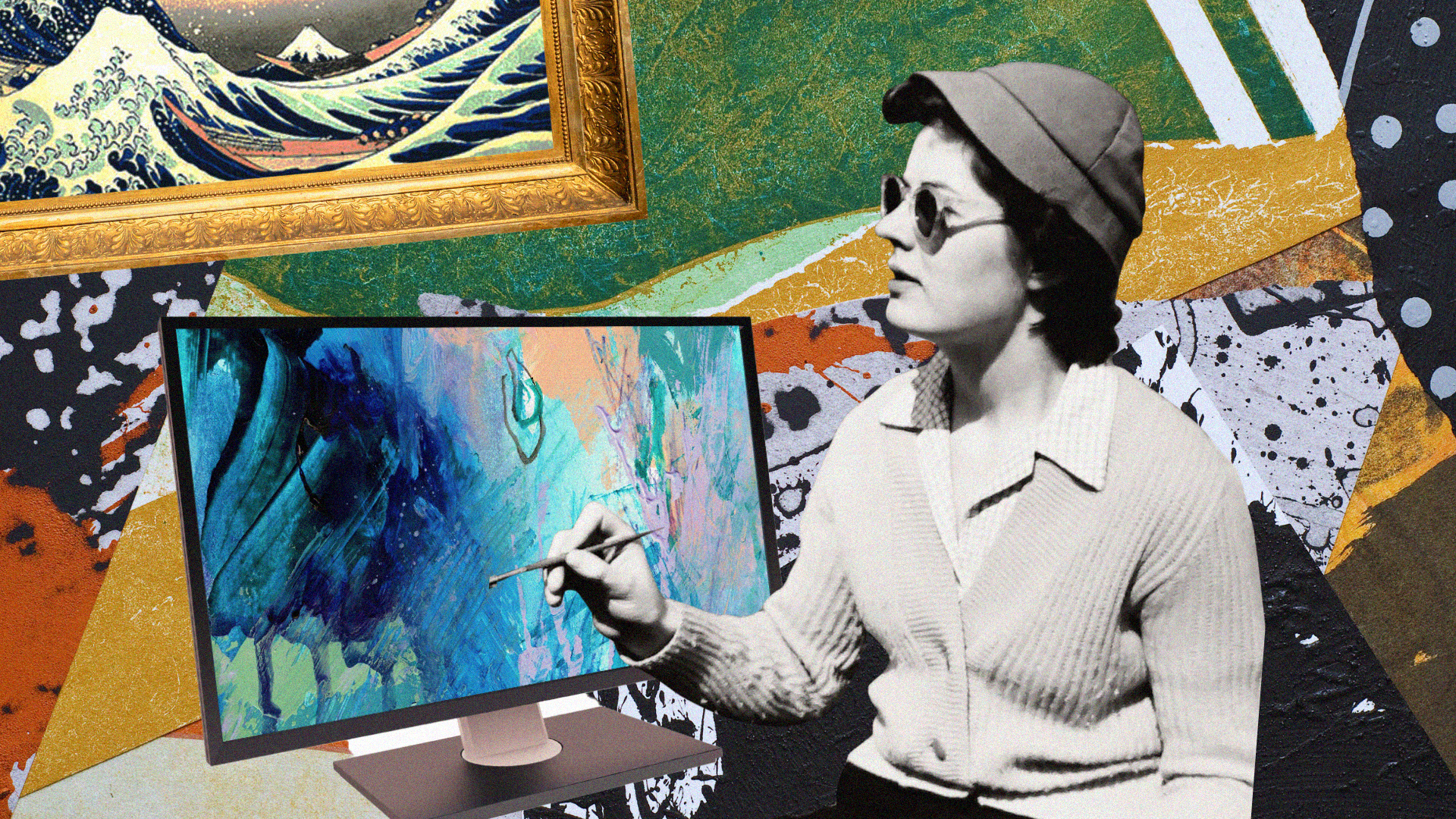Discovering the pain and beauty of second-hand joy
To look at someone else’s joy and privilege and feel it for them, says Pieta Bouma, without trying to grasp onto that joy for yourself, is liberation and love.

Image description
A woman is painting onto a computer screen. In the background are abstract pieces of framed art.

To look at someone else’s joy and privilege and feel it for them, says Pieta Bouma, without trying to grasp onto that joy for yourself, is liberation and love.

Caring for our bodies can often feel like a full-time job with no annual leave, says Amelia Jacobson.

Catching some waves at Piha was thrilling, says Olivia Shivas. Even if her dad said she looked like a ‘dead body’ on the surfboard.